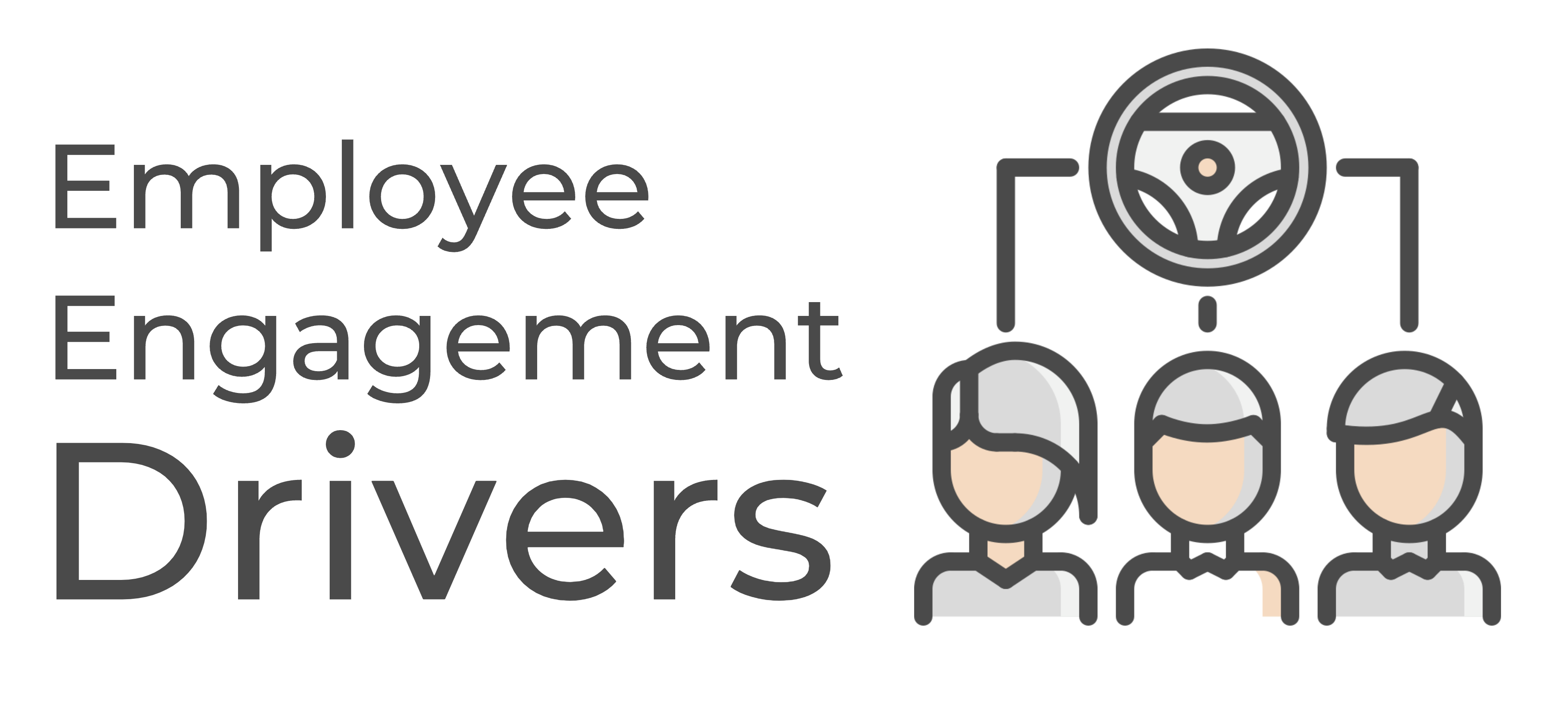The Top Employee Engagement Trends HR Leaders Should Watch In 2022

The war for talent started more than 20 years ago and ever since, companies had problems finding the best candidates in their talent pools.
On top of that, this year marked the biggest voluntary employee turnover with more than 4 million U.S. workers quitting their jobs in April and 3.9 million quitting in July of 2021.
The combination of poor safety standards, bad employee experience, reduced perks & benefits, and hybrid work, were just some of the causes for the Great Resignation.
But companies can recover and thrive by engaging their employees and providing great working environments so that they stay with the company.
To do that, companies will need to take into account the top five employee engagement trends to watch in 2022.
Top employee engagement trends to watch in 2022
Companies will need to start engaging their employees to keep them at work.
The current statistics show that the disengagement numbers are quite high— according to Gallup, 64% of the workforce is disengaged and the companies will have to start changing their approach.
First of all, TINYpulse defines employee engagement as “the degree to which an individual is emotionally, cognitively and behaviorally invested into their work.”
And to start engaging your workforce, you will need to take notice of the engagement trends that will be impactful in 2022.
Each trend mentioned here will solve some problems in the workplace, but might bring a whole new set of problems. So let’s dive in:
Tech will play an important role
Since most of the workforce went online and remote, technology will start becoming an even bigger impact in the workplace than it was before the pandemic.
Pros:
- Automating plenty of tasks. Technology will help with automating many of the tasks that were once done by personnel. Now, your employees will be able to focus on important tasks and leave the rest to automation.
- AI-assisted tools. AI-assisted tools like chatbots, smart dashboards, and analytics will start helping the workforce find better solutions faster.
- Better tracking & metrics. Tech will enable better analytics at the workplace which will lead to better tracking & metrics in general.
Cons:
- The learning curve. The problem with tech is the learning curve— the employees will have to adapt to new tech quickly and the vendors will have to create apps and tech that have an easy learning curve so that everyone can get up-to-speed quickly.
- Integrating all tech into a streamlined workflow. One more problem that might be caused by tech in the workplace is the sheer amount of it— when you have ten different apps that you need to use for a process, you can easily get lost in all of it. There will be a higher emphasis on integrating tech to achieve a streamlined workflow.
Communication & Collaboration
Communication & collaboration have changed in the remote world and companies will have to actively work on creating open and safe communication channels to make collaboration possible.
Pros:
- Everyone will be connected to a single platform. Employees will be connected virtually into a single dashboard, communications app, and platform. Even though they are probably in different parts of the world, they can virtually still be in the same place.
- Safe channels of communication. Employees will need to have safe channels of communication with their peers and managers so they can talk about their emotional wellbeing and communicate their needs.
Cons:
- Depersonalized communication. One thing that can become a problem is depersonalized communication. When employees worked on-site, they could chat with their colleagues or managers and simply ask each other “hey, how are you doing?” The problem with online communication might stifle those important conversations.
- Cyber security. With everything going online, cyber security will become a higher priority. Now more than ever, companies will need to invest in cyber security and ensure that their platforms are protected.
Understanding the new generation of employees
The new generation of employees works differently than the previous generations. They value different things, but their lack of real-world experience might prove to be a problem for companies.
Pros:
- ESG principles. ESG stands for environmental, social, and governance principles. Gen Z wants to work for employees who make a positive impact on the world so companies will have to adapt their policies to support ESG principles.
- Autonomy. When the pandemic hit, most employees were concerned about their safety needs and the possibility of them continuing their work online. Now, employees want to keep the freedom of choosing how, when (and where) they will do their work.
Cons:
- Shrinking networks limit innovation. The problem with purely online networks is that they limit social interactions. A new employee who moved to a city won’t have the opportunity to meet his colleagues in a social environment and that network shrinking will affect innovation in the workplace.
- Lack of first-hand experience. Gen Z employees want to have personalized experiences and having a purely online workplace will actively limit that. So companies will have to find a way to create first-hand experiences for their Gen Z workers if they want them to stick around.
Hybrid work is here to stay
Ever since the pandemic hit, employees started taking their work online and the productivity numbers kept up. So the companies saw that the employees could work at home and still be productive as if they were in the office (and sometimes, even more productive).
Pros:
- The entire world is your talent pool. All jobs that could move online have been moved online. That means that employers can hire people from all around the world and expand their talent pools.
- More D&I. Did you know that women and Gen Z are most likely to apply for remote jobs? With remote work becoming a reality for most people, that will mean bigger inclusion and diversity in the workplace.
Cons:
- Missing qualitative data and hallway talk to see how the employees are doing. With most employees working online, it will be quite hard to gauge the emotional wellbeing and stability of employees in short chats in the hallway. The managers will have the quantitive data (numbers), but they will lack qualitative data.
Prioritizing employee wellness
When it comes to employee wellness, the companies will have to start focusing on safety, organizational support, and workload if they want to engage their employees.
Pros:
- Longevity of your workforce. Your employees won’t leave the company voluntarily and you will reduce costs when it comes to hiring new employees.
- Higher engagement, lower turnover. The employees that stay will be more engaged which will lead to higher productivity and later on, lower turnover.
Cons:
- Could lead to a drop in short-term productivity. Managers need to keep in touch with their employees and notice when their workloads are too much to handle. If you want to keep your employees safe and stable, you will sometimes have to decrease their workload which could lead to a drop in short-term productivity, but it will lead to overall better productivity in the long term.
Conclusion
The employee engagement trends listed above will be impactful in 2022 and you, as a business, will have to take them into account. But before you start implementing these, you will need to figure out where your employee engagement problems lie.
To do that, you should use our New Employee Engagement survey. The survey will show you where your specific employee engagement problems are and then you can craft the action plan to start impacting your workplace.
Share this
You May Also Like
These Related Stories

The Practical Guide To Employee Engagement Drivers
10 Ways to Engage Remote Employees during a Crisis


.png?width=534&height=632&name=blog%20ad%20(1).png)
